Go West & Conquer All Above You
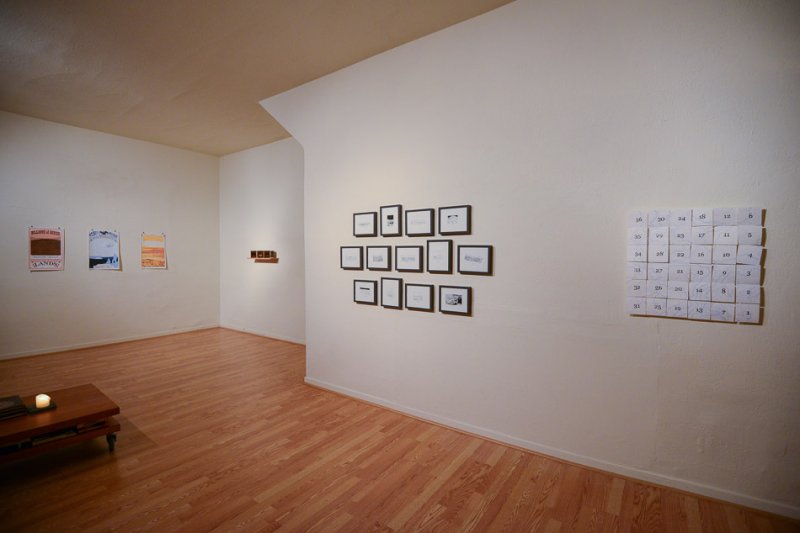
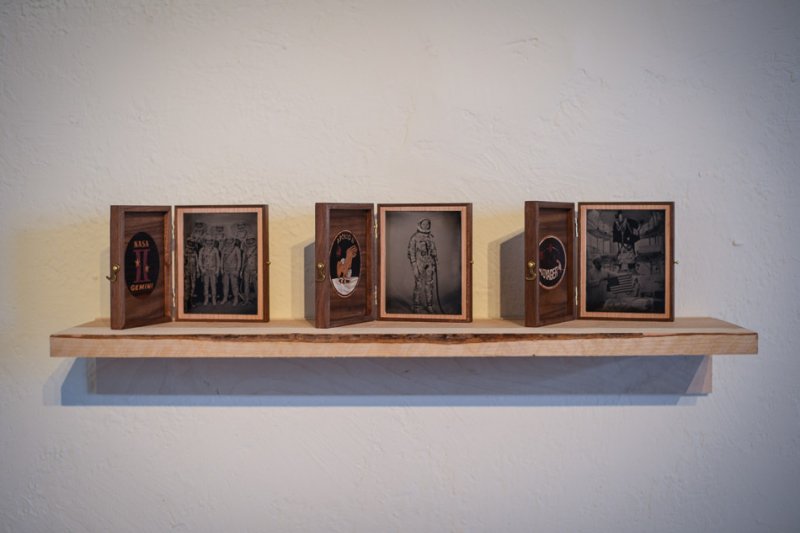
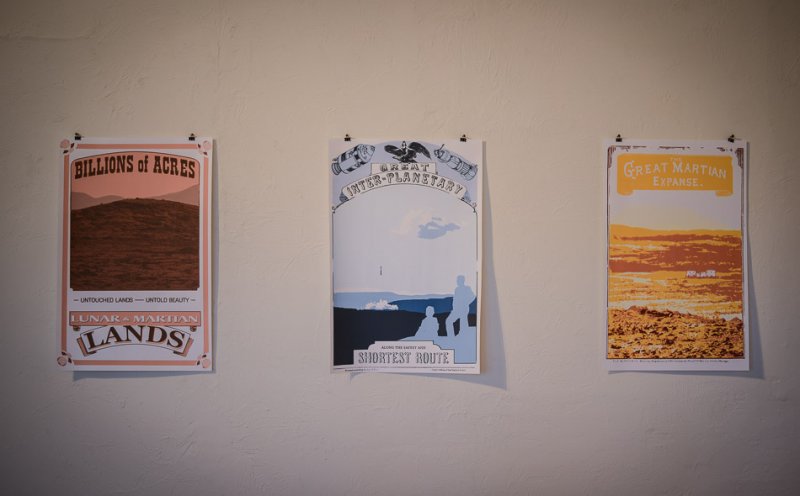
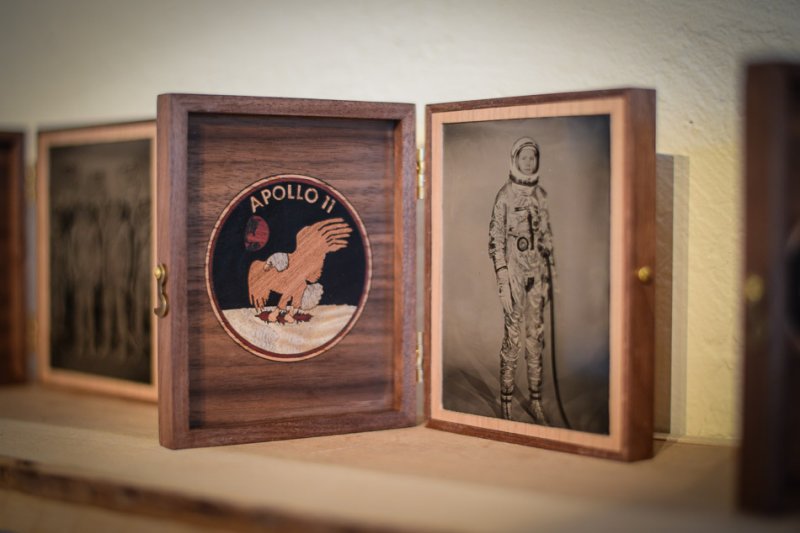
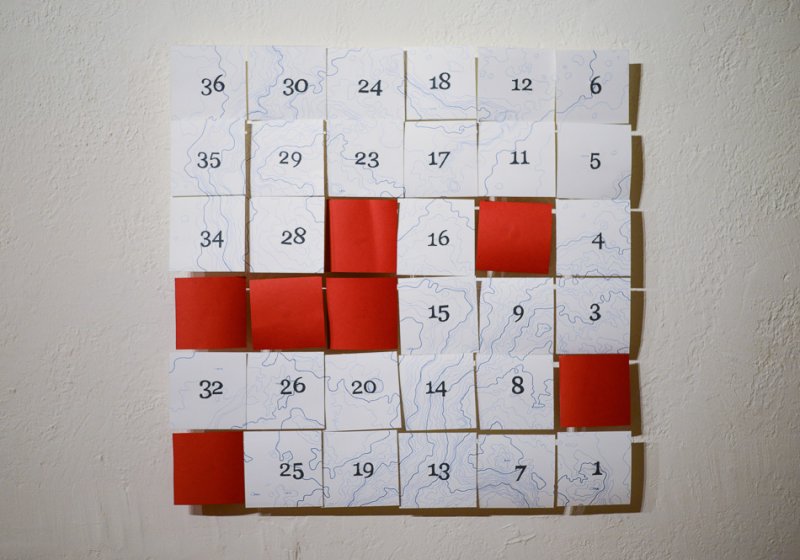
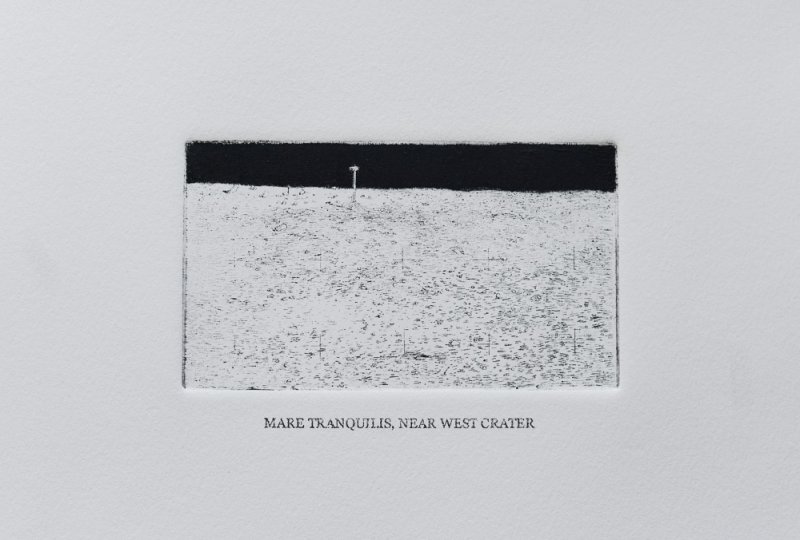
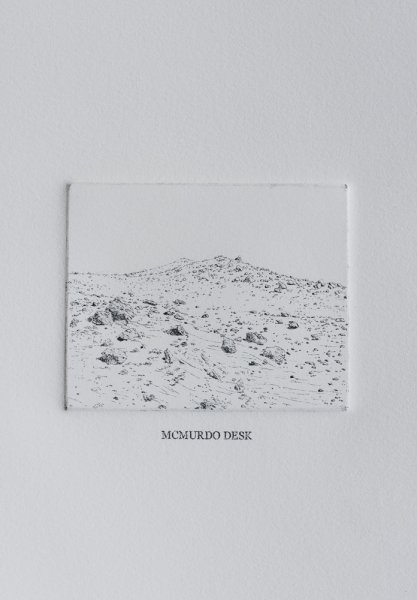
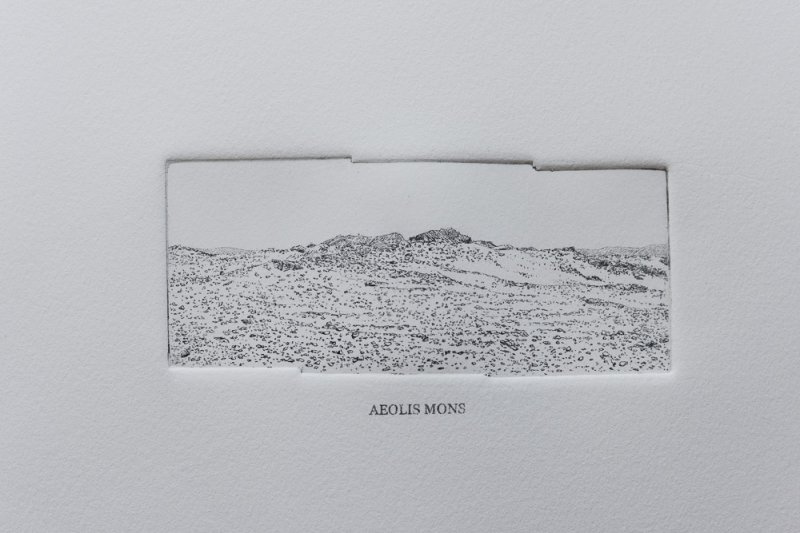
Go West & Conquer All Above You is an exhibtion that was displayed at Goodnight Projects in San Francisco, CA. It consists of three screenprints, three tintypes with wood marquetry cases, thirteen intaglio prints, and 36 plots of lunar land that were auctioned off during the course of the exhibition. The works were made collaboratively by Nicole Santucci and me using source imagery from NASA and JPL.
The exhibition addresses the romanticism surrounding exploration, landscapes void of civilization, and the human tendency to organize geography. It specifically considers the efforts of contemporary space programs and the likely sites for extra-terrestrial expansion in relation to the mindset and attitude of American pioneers and the westward expansion of the United States. The exhibition encourages the viewer to consider how romanticism of untouched landscapes can ultimately lead to the negation of the wildness that was initially attractive.
The three screenprints in the exhibition were modeled after manifest destiny era travel advertisements that encouraged westward migration. The screenprints use imagery from martian missions and function as advertisements encouraging emigration to Mars. The tintypes feature imagery of some of the first explorers of outer space with wood marquetry of the associated NASA mission patch. The front of each tintype case displays a related quote from the expedition journal of John Wesley Powell on his voyage down the Colorado River. The intaglio prints mimic those made by westward expeditions like Powell's trip through the Grand Canyon, or the Lewis and Clark expedition. The etchings made by those scouts were some of the first imagery of the american west seen by the population in newspapers and books. Appropriately, these prints feature lunar and martian landscapes as taken by martian rovers, and the astronauts in the Apollo missions. Finally, the lunar land divides a section of the moon into 36 parcels of land, identically to the Land Ordinance of 1785 (The precursor to the Homestead Act). These parcels of land were sold throughout the course of the exhibition for $5 each.